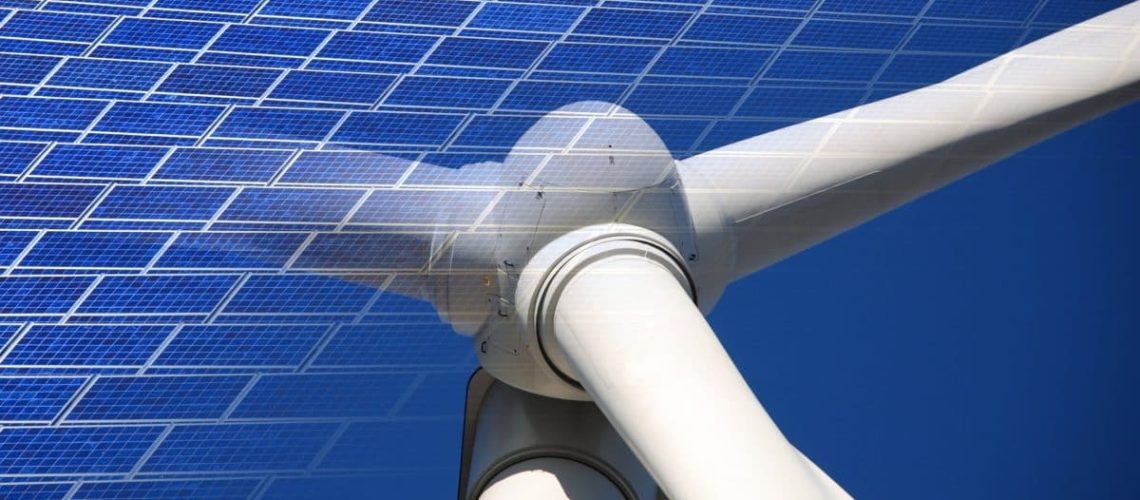How the Inflation Reduction Act is stimulating investment in clean energy technologies, the challenge of grid infrastructure, and supply chains.
In August 2022, the U.S. House of Representatives passed the landmark Inflation Reduction Act of 2022, hailed as the most significant piece of climate legislation in history. In a recently released white paper, “Capitalizing on the Inflation Reduction Act”, Reuters highlights the significance of the extension of the existing 30% investment tax credit (ITC), as well as the Clean Electricity Investment Credit and a Clean Electricity Production Credit, which are similar to the ITC and production tax credit (PTC) but are technology neutral. This paper looks at the impact of this legislation on utility-scale projects in the United States, energy storage, infrastructure challenges, and the threat of a potential Republican administration.
The report calls the IRA “just a shadow of a much grander legislative vision”, because the Biden administration had planned to invest $3.5 trillion into climate change and social policy actions through a package called the Build Back Better Act (BBB). But the BBB sputtered when Senator Joe Manchin refused to support the legislation. The IRA contains many of the BBB’s energy and climate provisions and forms part of a trio of important Biden infrastructure acts, with the other two being the Infrastructure Investment and Jobs Act and the Creating Helpful Incentives to Produce Semiconductors for America Act, both approved in 2021.
Read more about what’s in the Inflation Reduction Act for solar here.
Reuters reported that the act “is set to kickstart a new era of wind and solar growth after global economic headwinds slowed progress in recent years.” In the whitepaper, Reuters contends that beyond the regulatory certainty that the IRA provides over the coming decade, it is notable for extending tax credits to new types of clean energy infrastructure, such as battery storage and hydrogen electrolysis equipment.
Storage
One way of improving profitability of projects is to add battery storage and store excess production so it can be exported at times of higher demand and lower supply, according to the Reuters report. The analyst firm Wood Mackenzie expects 59.2 GW of energy storage capacity to be added to U.S. grids through 2026 as a result of the IRA.
While storage can help developers and asset managers overcome grid constraints, the interconnection queue remains a challenge. According to Wood Mackenzie, “Despite impressive growth, the U.S. grid-scale energy storage pipeline continues to face rolling delays into 2023 and beyond,” said Vanessa Witte, a senior analyst with Wood Mackenzie’s energy storage team. “More than 1.1 GW of projects originally scheduled to come online in Q2 were delayed or cancelled, although 61% of this capacity, 709 megawatts, is still scheduled to come online in Q3 and Q4 of 2022.”
Infrastructure
The Reuters report notes that developers of U.S. utility-scale wind and solar projects are concerned that the IRA does not contain sufficient support for improvement of grid infrastructure, and thus, the growth potential may be stymied. The Biden administration is aware of this issue, with the Department of Energy announcing in November that it is soliciting $13 billion in new U.S. electric grid expansion and modernization grant applications under the Infrastructure Investment and Jobs Act.
Despite concerns over transmission infrastructure, the provisions of the IRA have buoyed the industry. And while many asset developers and owners have already increased their deployment plans, according to the Reuters report, there is still some uncertainty over the fine details of the act and many are awaiting specific guidelines from the IRS to learn how to implement the incentives.
A final concern noted by Reuters is whether the IRA will survive a Republican administration. It points out that not a single Republican lawmaker voted for the act in the Senate or in the House. However, there are reasons to hope a Republican president might not roll back most of the provisions in the act. A study of the IRA carried out by the University of Maryland School of Public Policy ’s Program for Public Consultation found 13 out of 20 provisions in the act were backed by Republicans and independents as well as Democrats. Nine out of 14 energy-related provisions had bipartisan support, the research found, including tax credits for clean energy equipment and production. The least popular measure was tax incentives for carbon capture and storage.
The report concludes that, while many rush to take advantage of the new regulatory framework, the issue now is whether supply chains and grid infrastructure can keep up. This will be a major topic of conversation at Utility Scale Solar & Wind North America 2023, which Reuters Events is hosting at the Westin Galleria Dallas in Texas in June. The event will feature more than 60 speakers and 400-plus attendees, 75% of which will be senior leaders.



